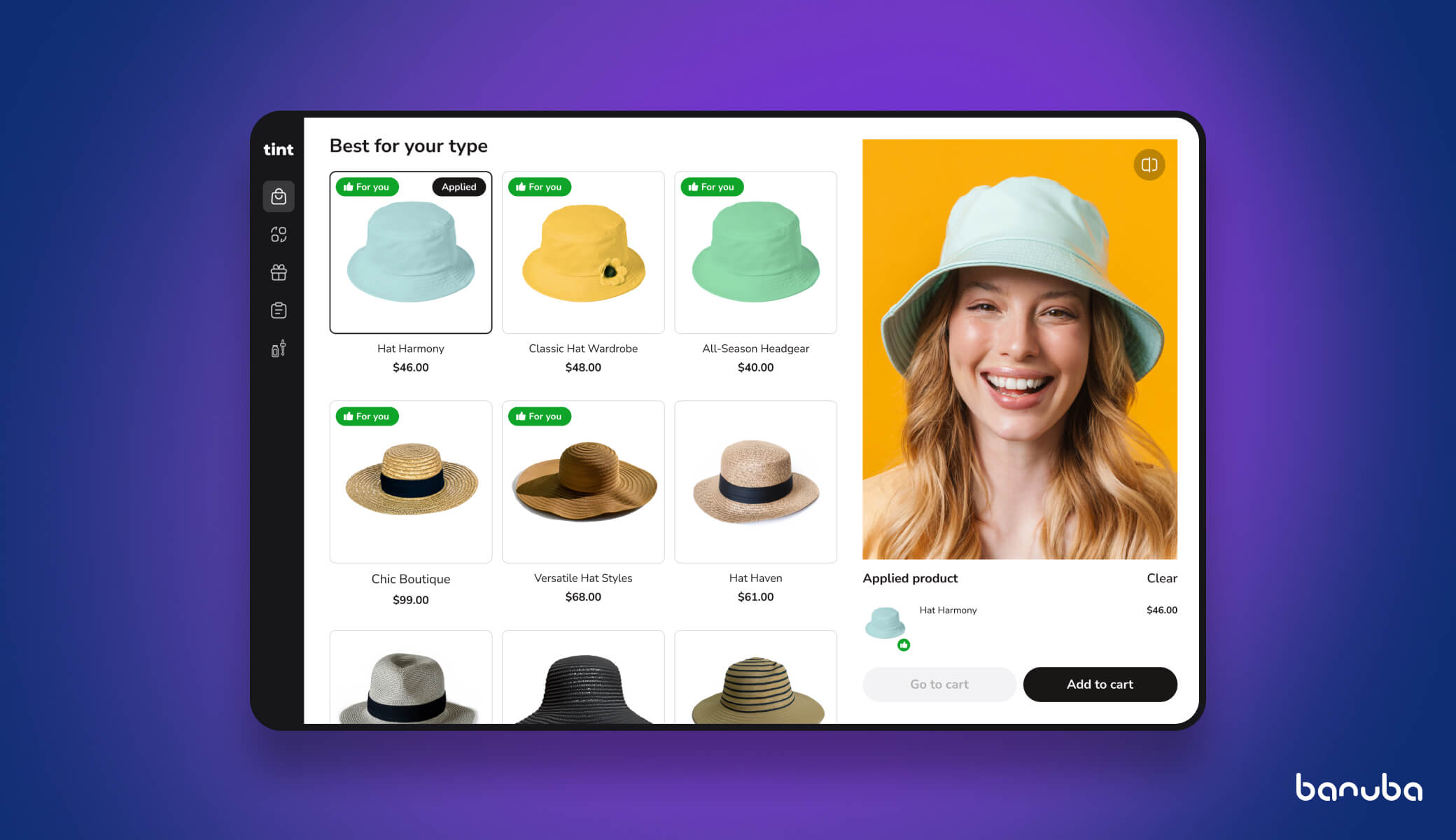Real-time interactions in eCommerce
The COVID pandemic caused a surge in digital shopping. In 2019, eCommerce accounted for 14% of the global trade, and in 2020 this number rose to 17%. As brick-and-mortar stores closed, companies had to adapt to survive and remain competitive. There were especially successful ones who thrived. Estee Lauder, for example, increased their sales by 60%. Their successes can be attributed to the rapid adoption of new technologies like live shopping, virtual try-on, and personalized recommendations.
However, after the lockdowns began to lift, there is still a strong trend in favor of digital purchases. According to Twilio, 87% of businessmen will keep valuing digital communications with customers, and 60% plan to increase the number of digital touchpoints on a customer journey.
 Evaluation of the importance of digital communications by businessmen. According to a Twilio research.
Evaluation of the importance of digital communications by businessmen. According to a Twilio research.
One of the latest trends is the rise of live and prerecorded video shopping. It has been popular in China for a while but now expanded into other markets.
We have condensed the most important information from the RTE2021 panel dedicated to it and will share it with you.
Redefining the E-Commerce Experience with Live Interaction
This panel was dedicated to the new and interesting approaches to online selling. All of them utilized real-time interactions in some form, blending traditional and modern shopping.
The list of participants included the following people:
- Rui Ma, Founder, Tech Buzz China
- Philippe Frères, Co-founder & CPO, LISA
- Nidhi Sharma, Founder, ABBY
- Juan Olea, Co-founder, Kuick
 #RTE2021: Redefining the E-Commerce Experience with Live Interaction with TechBuzzChina, LISA, Abby, and Kuick
#RTE2021: Redefining the E-Commerce Experience with Live Interaction with TechBuzzChina, LISA, Abby, and Kuick
Different companies have different approaches to live and video shopping.
First, there are technology providers, like LiSA, a B2B SaaS service, giving brands a new and effective way to sell their products. Then there are companies like ABBY that reimagine TV shopping and bring it to people’s mobile phones. There are also platforms like Kuick that create a platform for individual creators to sell branded products while charging a service fee (although they also provide streaming capabilities for businesses as well).
As one of the key benefits of live shopping, the participants named building a community of people loyal to a brand and engaging with existing fans. And this is available not just to huge companies but also to medium-sized businesses. However, you won’t see immediate success if you don’t already have such a community.
This approach can be extended to become social selling. Major social media sites like Facebook or Instagram are adding payments and other steps of a customer journey and eventually, the brand loses touch with customers because they never leave social media from discovery to purchase. With live shopping platforms, businesses can reconnect with their customers.
The main problem with live shopping in the West is the fact that brands, creators, and buyers are separated. In China, on the other hand, everyone can be on the same platform, so one of the major challenges for European and American startups is bringing all the links in the chain together.
There are also local issues, specific to certain markets. In Latin America, for example, the online shopping ecosystem isn’t mature enough: one of the most popular payment gateways there requires 6 steps to conduct the purchase. This is a serious problem for impulse-driven shopping.
In Europe and the US, on the other hand, there is an issue of companies trying to be in total control of their brand message. This makes scaling live shopping much more difficult, as at some point the company has to invite third-party content creators to stream. In addition, whether a company-made content with high production value sells better than individual streamers with their authentic content is still up for debate.
Conclusion
With the latest advancements in technology, it is possible to make online shopping a far more impressive experience. This approach is available to mid-sized companies, not just international megacorporations, as long as they are willing to try something new.



 #RTE2021: Redefining the E-Commerce Experience with Live Interaction with TechBuzzChina, LISA, Abby, and Kuick
#RTE2021: Redefining the E-Commerce Experience with Live Interaction with TechBuzzChina, LISA, Abby, and Kuick 

